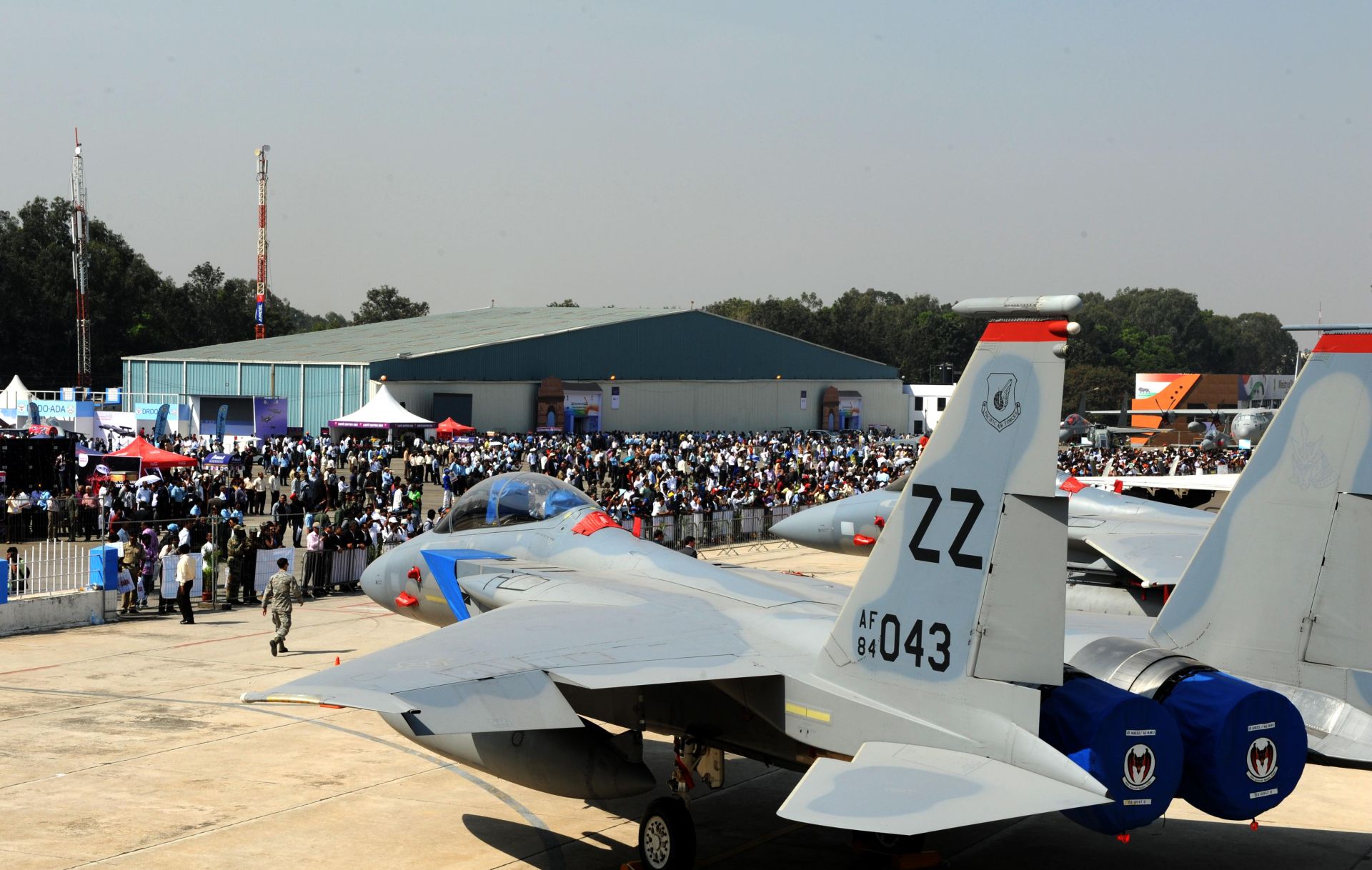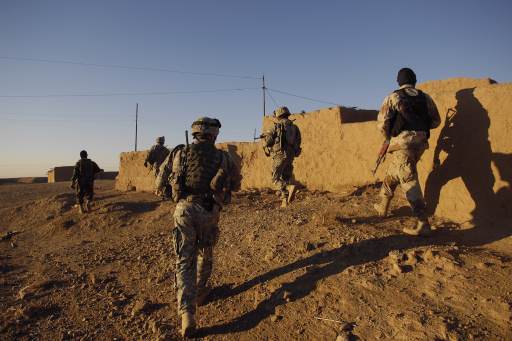JOINT BASE PEARL HARBOR-HICKAM, Hawaii: From Feb. 18 through 22, more than 95 U.S. military personnel and Defense Department civilians were among the thousands assembled from around the globe to participate in Aero India 2015, the region’s largest tradeshow.
“The tradeshow allowed the U.S. to strengthen its ties with India while furthering military-to-military relationships,” said Maj. Gen. Kevin Pottinger, the mobilization assistant to the Pacific Air Forces commander and lead U.S. Pacific Command representative at Aero India 15.
This year’s tradeshow featured the largest and most significant cross-section of U.S. military aircraft and equipment since its inception in 1996, totaling seven aircraft. Support included the U.S. Air Force’s F-16 Fighting Falcon and C-17 Globemaster III demonstration teams and F-15D Eagle and KC-135 Stratotanker static displays. The U.S. Navy also supported the event with a P-8A Poseidon static, while the U.S. Army Special Forces led multiple combined personnel jumps during the event.
During Aero India, PACAF’s F-16 demonstration team, stationed at Misawa Air Base, Japan, electrified over 200,000 spectators in nine separate aerial demonstrations, showcasing the capabilities of one of the U.S. Air Force’s leading fighters. In addition, the C-17, stationed at Joint Base Pearl Harbor Hickam, Hawaii, took to the skies and impressed all with its exceptional large-aircraft climb, turn and short-field landing capabilities.
An Aero India favorite was the combined U.S. Army and Indian Special Forces free fall jumps from a PACAF C-17, which was the first time the two units jumped together. The jumps demonstrated U.S.-Indian interoperability and provided a unique training opportunity for more than 40 special forces personnel.
“Aero India was a great opportunity to expand U.S. ties with our Indian counterparts,” said Col. Keith Gibson, the U.S. forces air boss for those participating in the event. “We are honored to be here to demonstrate our partnership with India and remain committed to strengthening our military relationships.”
Military members were available to explain aircraft capabilities, highlight the diversity of U.S. military missions, and share their varying experiences with enthusiastic foreign military personnel and visitors to the air show. Notable visitors included the Ambassador to India Richard Verma and Vice Adm. Joseph Rixey, the director of the Defense Security Cooperation Agency.
“This airshow came at a critical juncture to the U.S.-India relationship. President (Barack) Obama’s January visit to New Delhi and Secretary (Frank) Kendall’s robust engagement to energize the Defense Technology and Trade Initiative (DTTI) reflect India’s growth as an important and capable strategic partner with like-minded objectives for regional growth and stability,” an official spokesperson said. “The U.S. was the largest foreign contingent at the show, with 64 companies represented, eight senior leaders and seven of the 11 foreign aircraft. It was clear to those on hand that the Indo-U.S. relationship is an important pillar in our Pacific rebalance strategy.”











